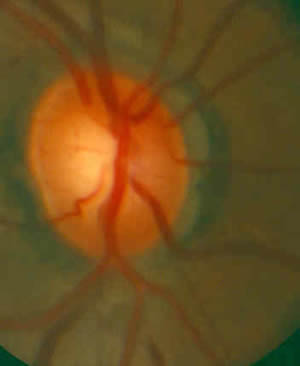Take the time to learn about the effects and causes of glaucoma this month.
When it comes to illnesses of the eye, there are some vision problems that are unpreventable or come hand in hand with the aging process. For instance, presbyopia and cataracts are two common age-related eye problems that will likely develop as you enter your senior years. However, most other illnesses of the eye can easily be prevented if they are detected early on.
 Glaucoma, for instance, is the leading cause of preventable blindness, yet half of the 2.7 million Americans aged 40 and up who suffer from this vision problem do not know that they have it. This is why glaucoma is often called “the sneak thief of sight.” There are very few noticeable symptoms, but once vision is lost, it is permanent. In fact, as much as 40% of a person’s vision can be lost before they even notice.
Glaucoma, for instance, is the leading cause of preventable blindness, yet half of the 2.7 million Americans aged 40 and up who suffer from this vision problem do not know that they have it. This is why glaucoma is often called “the sneak thief of sight.” There are very few noticeable symptoms, but once vision is lost, it is permanent. In fact, as much as 40% of a person’s vision can be lost before they even notice.
Over 60 million people worldwide currently suffer from glaucoma and, combined with the current aging population, there could be an epidemic of blindness on the horizon if people do not become more aware of the importance of regular eye examinations to preserve vision.
In order to help educate our readers about the effects that glaucoma can have on your vision, as well as how easy it is to prevent this problem, we have put together some basic information about this illness of the eye during National Glaucoma Awareness Month.
How Does Glaucoma Effect Our Vision
When glaucoma first begins to set into place, it begins by attacking our peripheral vision, which causes objects to appear fuzzy or blurry. This is because glaucoma attacks our optic nerve, which is responsible for carrying images from our eyes to our brain. Many people find that they can compensate for this loss in vision by squinting or turning their head to focus better. However, this is just a temporary fix and glaucoma can accelerate quickly, causing our eyesight to irreversibly deteriorate.
Who Is At Risk For This Disease?
Anyone can develop glaucoma. However, like many other diseases, there are certain factors― age, race, genetics, etc.―which can put you at higher risk for developing the disease. People who may find themselves at the highest risk for developing the disease include everyone over the age of 60, people with a family history of the disease and African Americans over the age of 40. In fact, glaucoma is the leading cause of blindness in African Americans and they are 6 to 15 more likely to be blinded by the disease than Caucasians.
How Can You Prevent Glaucoma?
While there is currently no cure for glaucoma, it can be treated and controlled if it is diagnosed early. This reinforces what the National Optometric Association and the AOA already recommend, which is that adults need regular, comprehensive eye exams. During a comprehensive dilated eye exam, a doctor can see far into the eye to detect signs of glaucoma, such as changes to the optic nerve, before any other symptoms may appear.
If you are concerned about whether this common vision disease could become a part of your future, come into OCLI today for a comprehensive eye exam to get started on the road of prevention.